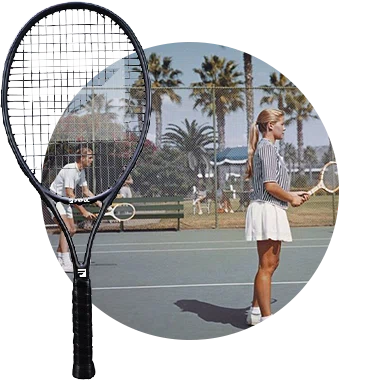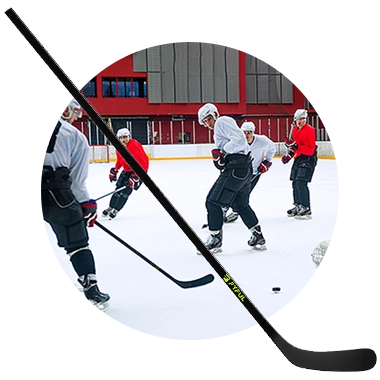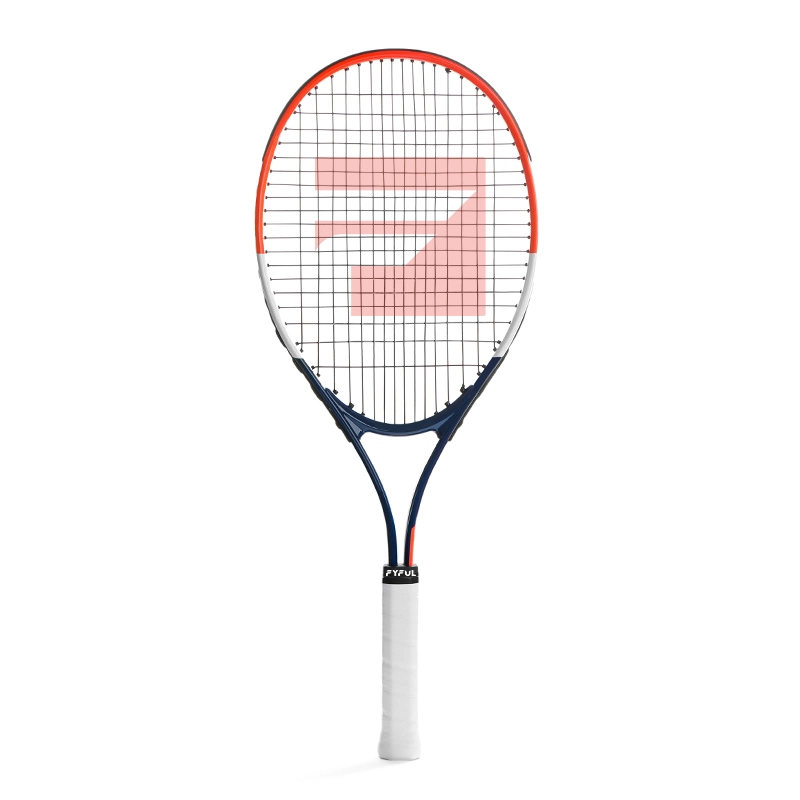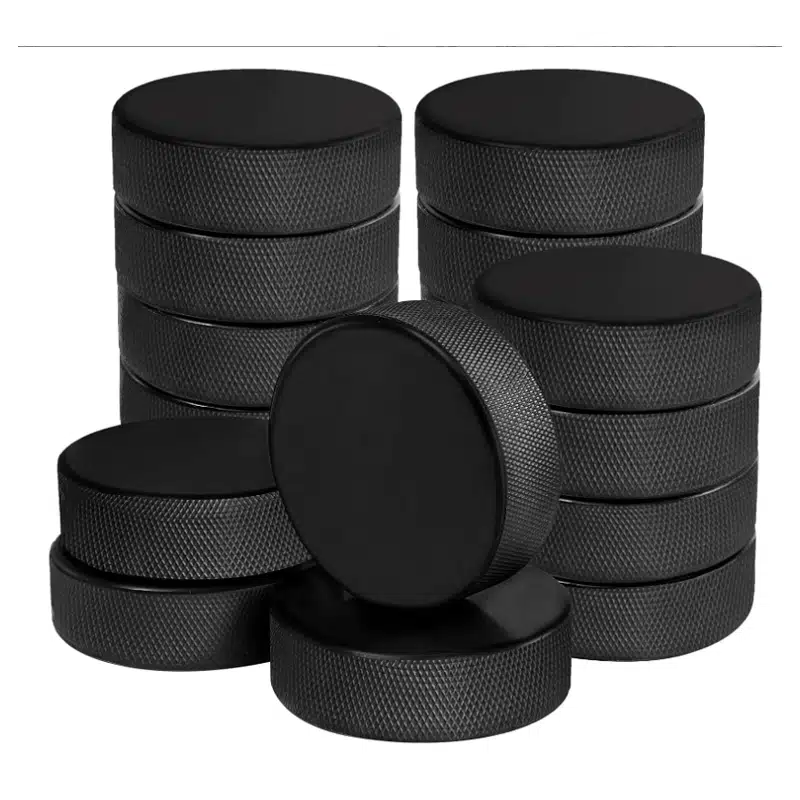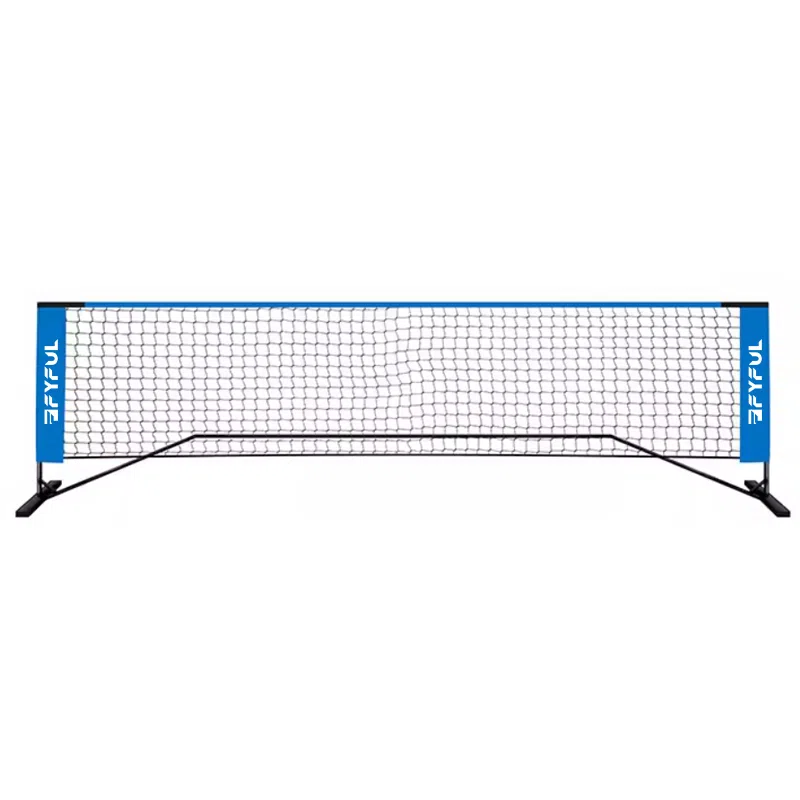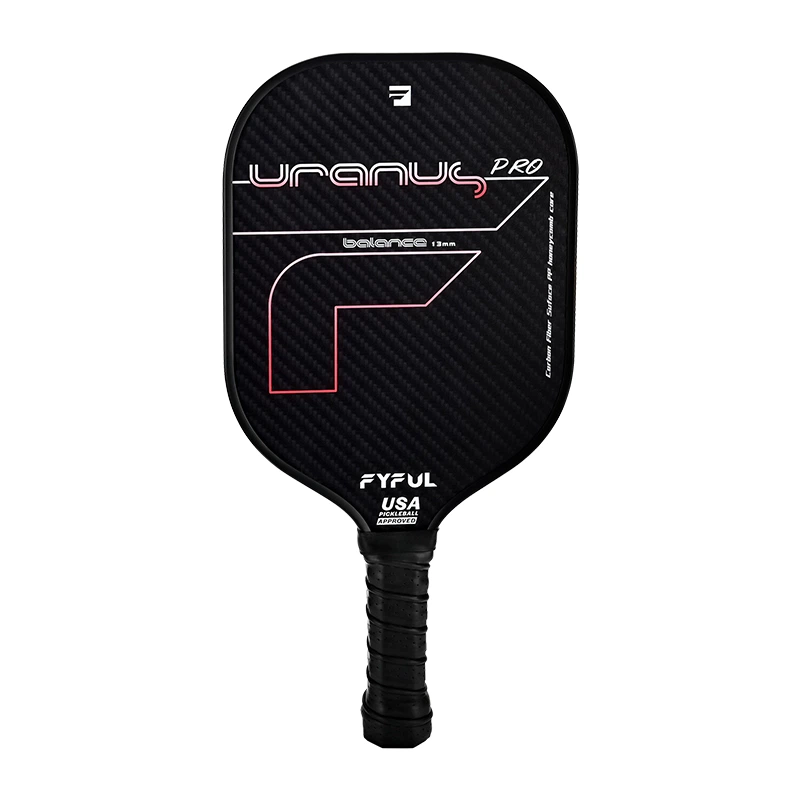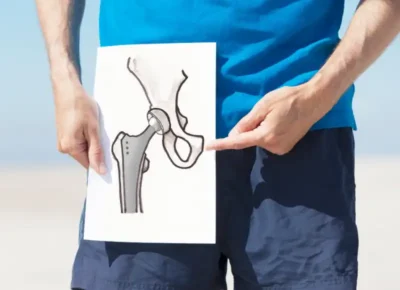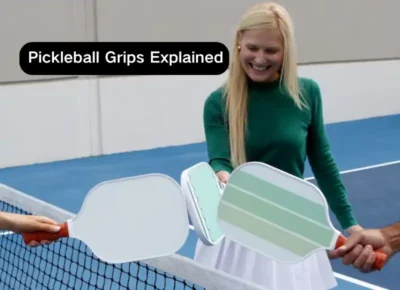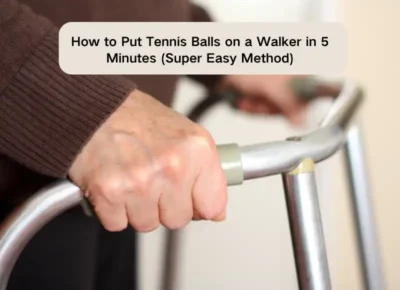Table of Contents
You’ve seen them everywhere — those bright tennis balls on walker legs gliding smoothly across floors. But when you first try how to put tennis balls on a walker, it can feel impossible. There’s a right way and a dozen wrong ways to do this simple modification.
Whether you’re helping elderly seniors improve mobility or setting up your own walker, learning how to put tennis balls on a walker the correct way eliminates the guesswork. We’ll show you the safest cutting technique, explain why walker tennis balls work, and reveal alternatives that might work even better for your situation.
What you’ll learn:
- Why tennis balls help walkers glide smoothly
- Safety considerations before starting
- X-shape cutting technique that works
- Professional alternatives to consider
- Troubleshooting common problems
FYFUL manufactures mobility accessories that make life easier. While we’re known for sports equipment, we understand movement matters at every stage. Our commitment to helping people stay active extends beyond the court.

Source:https://seniorcarecorner.com/4-tennis-balls-for-walkers-and-alternatives
Why Put Tennis Balls on a Walker
How to put tennis balls on a walker correctly can transform how walkers move across various surfaces. Instead of rubber tips catching and dragging, balls provide smoother movement that reduces strain on arms and shoulders.
Key benefits include:
- Easy gliding over carpets and rough surfaces
- Reduced noise on hard floors
- Better traction than worn rubber feet
- Protection for indoor floors from scratches
- Less friction means less effort walking
The fuzzy surface grips just enough to prevent slip while allowing the walker to slide forward naturally. This is especially helpful for those with limited upper body strength who struggle pushing standard walker legs across carpeting, and it’s one of the main reasons people learn how to put tennis balls on a walker.
Most walkers come with basic rubber tips that wear quickly. Once worn, these tips can stick or slip unpredictably — which is why knowing how to put tennis balls on a walker is important. Tennis balls last longer and maintain consistent performance across different surfaces — from tile to carpet to outdoor concrete.

Source:https://www.reddit.com/r/disability/comments/zcimnr/new_glide_balls_and_decorated_walker/
Is It Safe to Put Tennis Balls on a Walker
Safety concerns are valid — done incorrectly, tennis balls can create hazards. However, millions use them safely with proper installation and regular inspection.
Safety considerations before learning how to put tennis balls on a walker:
- Ensure balls fit snugly on walker legs
- Check for wear every few weeks
- Replace when the fabric shows significant damage
- Avoid on wet or icy surfaces
- Monitor for dirt accumulation
The main risk comes from improper cutting, which is why following the correct method for how to put tennis balls on a walker is so important. Ragged edges can catch on carpets or allow the ball to fall off. Always use sharp tools and create clean cuts. If you have trouble with fine motor control, ask for help or consider pre-cut options.

Cut and Install Tennis Balls on a Walker
Walker Skis vs Tennis Balls
Both accessory gifts serve similar purposes but excel in different environments. Understanding the differences — and knowing how to put tennis balls on a walker — helps you choose the right mobility aids for your needs.
Walker Skis:
- Plastic attachments designed specifically for walkers
- Glide smoothly on all indoor surfaces
- Last longer than tennis balls
- More expensive ($15-30 per pair)
- Better for primarily indoor use
Tennis Balls:
- Inexpensive option (often free with old balls)
- Works well on mixed surfaces
- Easy to replace when worn
- Provide some grip on slippery floors
- Better for indoor/outdoor transitions
Glide balls offer a middle ground — universal precut glide balls combine the durability of skis with the versatility of tennis balls. These walker accessories eliminate cutting and provide consistent performance.
For outdoor use, tennis balls generally outperform skis. The fabric provides grip on uneven ground while still allowing a forward slide. Skis can get stuck on cracks or rough pavement.

Walker Skis vs Tennis Balls
How to Put Tennis Balls on a Walker: Step-by-Step Instructions
Here’s the foolproof method for how to put tennis balls on a walker:
Materials needed:
- 2-4 tennis balls (blue or bright colors for visibility)
- Sharp knife or box cutter
- Hammer and nail (optional)
- Marker
The process:
- Mark your X: Hold the ball steady and draw an X shape about 2 inches across. The lines should cross at the center.
- Pierce the center: Push a nail through the intersection point. This prevents the ball from rolling while cutting.
- Cut carefully: Following your line starting from the center, cut each segment of the X. Push the knife away from your body.
- Test the fit: The flaps open to slide over walker legs. Start with the back legs or rear legs only if testing the setup.
- Secure firmly: Push and twist until you hear a slight air hiss — that means it’s seated properly. Pull to ensure it won’t slip off.
Pro tip: Pre-cut walker tennis balls are available online if cutting seems daunting, and they’re a great shortcut for those learning how to put tennis balls on a walker. Search for “walker glide balls” for ready-made options.
For the other leg additions, repeat the process. Some prefer balls on all four legs, while others use them only on the rear legs, combined with front wheels or glides — either way, knowing how to put tennis balls on a walker ensures they stay secure.

The Process for How to Put Tennis Balls on a Walker
Alternative to Tennis Balls on Walker Legs
Modern alternatives offer advantages over traditional tennis balls. These products address common complaints while providing specialized benefits.
- Walker Glide Skis: Plastic ski-shaped attachments that promote easy gliding on smooth floors. They last longer than tennis balls and never need replacement due to wear. Perfect for those who primarily walk indoors.
- Rubber Walker Tips: Heavy-duty tips provide excellent traction without modifications. New designs include shock-absorbing materials. Best for those who need maximum stability and grip rather than gliding ability.
- Walker Coasters: These disc-shaped glides work like furniture sliders. They excel on carpeted surfaces and transition smoothly to hard floors. The low profile means less chance of catching on obstacles.
- RMS Walker Glide Balls: Professional-grade balls designed specifically for mobility equipment. They’re pre-cut, more durable than tennis balls, and come in high-visibility colors. The reinforced opening resists tearing.
Considerations for alternatives:
- Indoor vs outdoor use
- Primary walking surfaces
- User strength and stability
- Budget constraints
- Ease of installation
Each option has merit depending on individual needs. Those with good balance might prefer glides for effortless movement. Anyone concerned about falling should prioritize traction over smooth gliding.
Remember to choose an option that matches your lifestyle. Frequent outdoor walkers benefit from tennis balls’ versatility, while indoor-only users might find specialized products work better long-term.

4 Types For You
Ready to Make Every Step Count With FYFUL?
How to put tennis balls on a walker represents creative problem-solving at its finest. Whether you choose the DIY route or professional alternatives, the goal remains the same — maintaining independence and mobility.
Remember these essentials:
- Clean cuts prevent safety hazards
- Regular inspection ensures continued safety
- Different surfaces need different solutions
- Alternatives exist for every situation
- Proper installation makes all the difference

FAQs
Is it safe to put universal precut glide balls on a walker?
Yes, when installed correctly — and when you know how to put tennis balls on a walker — tennis balls are safe for most walker users. Physical therapists often recommend them for specific situations, particularly for those who walk primarily on carpeted surfaces.
However, safety depends on proper installation and regular maintenance. Check balls weekly for wear, ensure they’re securely attached, and avoid using them on wet or icy surfaces where better traction is needed.
Why are tennis balls put on the bottom of walkers?
Tennis balls serve multiple purposes on walker legs. They provide smoother movement across carpets and rough surfaces by reducing friction between rubber tips and flooring, especially when you understand how to put tennis balls on a walker. This means less effort pushing the walker forward, which helps elderly seniors conserve energy.
They also protect indoor floors from scratches, reduce noise, and last longer than standard rubber feet. The fuzzy surface offers just enough grip to prevent dangerous slip while still allowing easy gliding.
What can I put on my walker instead of tennis balls?
Several alternatives exist for different needs. Glide skis work excellently on smooth indoor surfaces and last longer than tennis balls, but if you know how to put tennis balls on a walker, they can be a cost-effective alternative. Universal precut glide balls eliminate cutting while providing similar benefits. Walker coasters excel on carpeted surfaces.
Heavy-duty rubber tips offer maximum traction for outdoor use. Some users prefer combination setups — wheels on front legs with tennis balls or glides on rear legs. Choose based on your primary walking surfaces and stability needs.
Should I put tennis balls on my walker?
Consider tennis balls if you primarily walk on carpeted surfaces, have limited upper body strength, or find standard rubber tips catch and drag. They’re particularly helpful for those who struggle pushing walkers across thick carpeting or rough outdoor surfaces, especially if they know how to put tennis balls on a walker.
However, if you need maximum stability, walk mainly on smooth floors, or have balance concerns, standard rubber tips or specialized walker glides might be better choices. Consult your physical therapist for personalized recommendations.
Which tennis balls are best for walkers?
Standard tennis balls work well, but consider these factors: bright colors (yellow, pink, blue) improve visibility and safety; new balls last longer than old balls, but used ones work fine if structurally sound; some prefer pressureless balls as they maintain shape longer. When choosing, it’s also helpful to understand Pressurized vs Pressureless Tennis Balls, as each type affects durability and performance on different walking surfaces.
Brands don’t matter much for walker use. Penn, Wilson, and other major brands all work equally well. Avoid novelty or dog toy tennis balls — they often use inferior materials that wear quickly.
Do tennis balls help with a walker?
Tennis balls significantly improve mobility for many walker users. They reduce the physical effort needed to push walkers across various surfaces, particularly carpets, especially when installed using the correct method for how to put tennis balls on a walker. Users report less arm and shoulder strain, smoother movement, and increased walking distances.
The psychological benefit matters too — easier movement encourages more activity. However, effectiveness depends on proper installation and matching the solution to your specific needs and walking environments.


